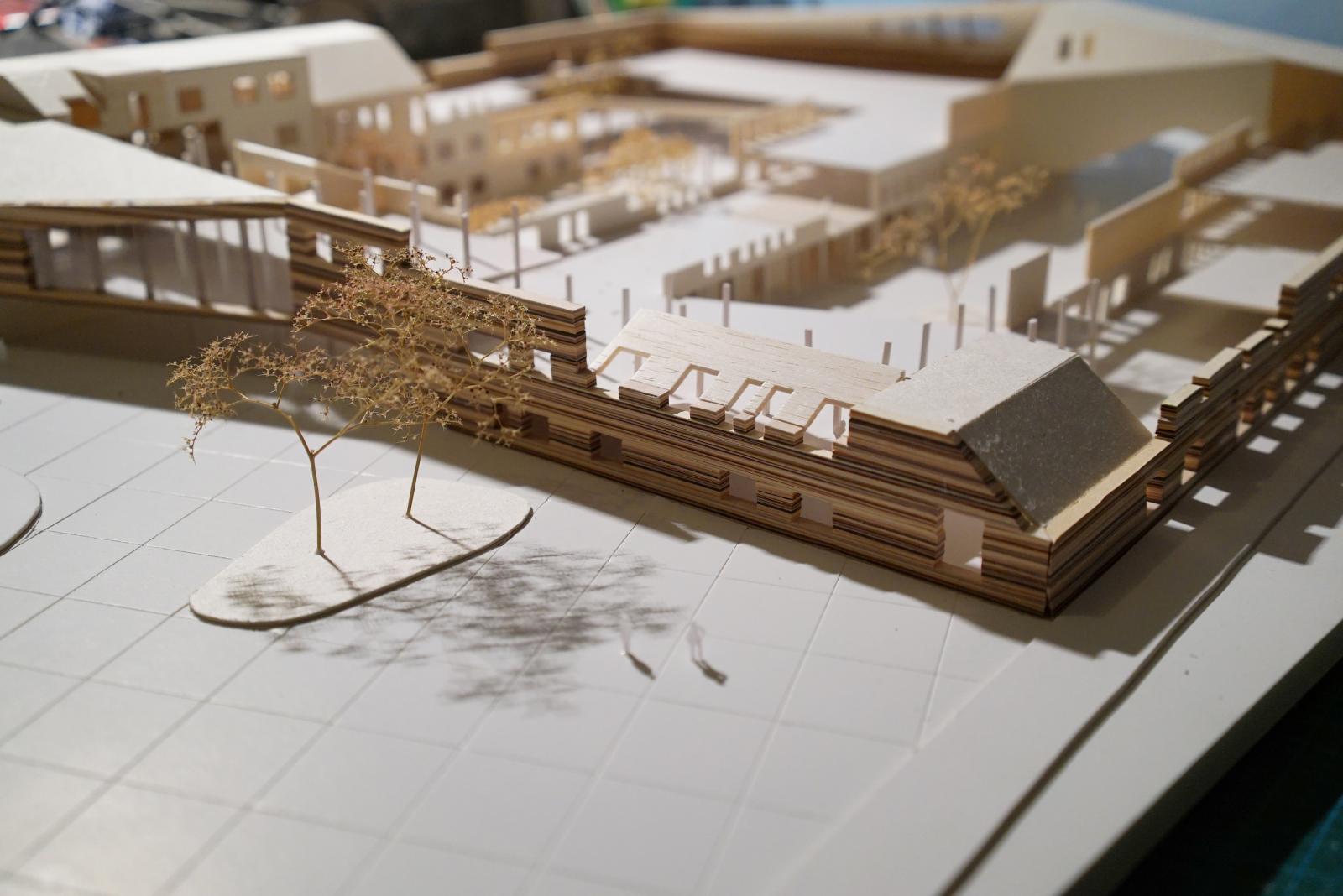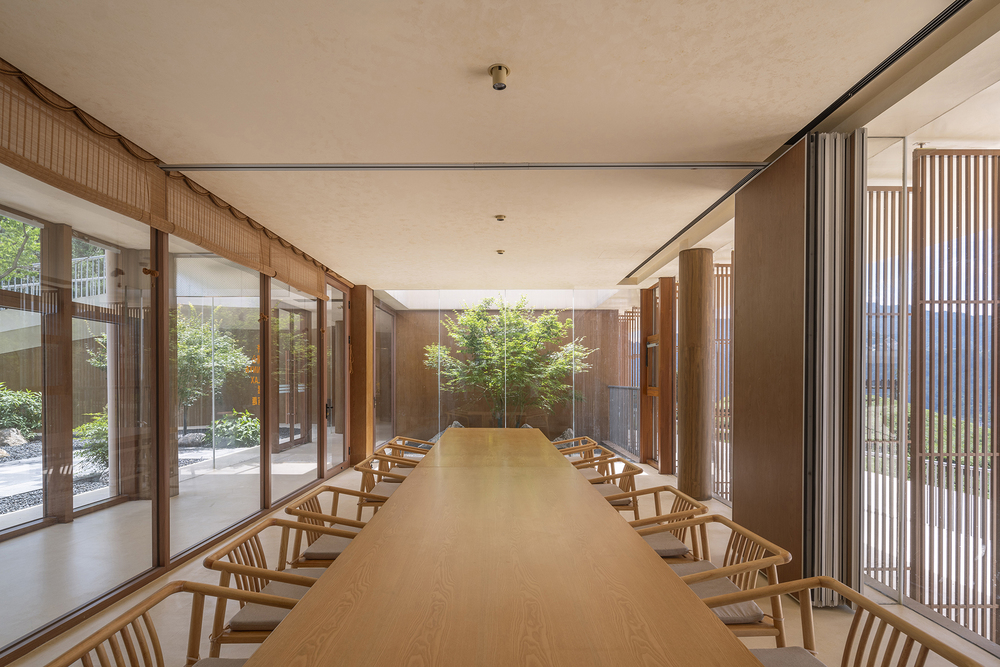- Home
- Articles
- Architectural Portfolio
- Architectral Presentation
- Inspirational Stories
- Architecture News
- Visualization
- BIM Industry
- Facade Design
- Parametric Design
- Career
- Landscape Architecture
- Construction
- Artificial Intelligence
- Sketching
- Design Softwares
- Diagrams
- Writing
- Architectural Tips
- Sustainability
- Courses
- Concept
- Technology
- History & Heritage
- Future of Architecture
- Guides & How-To
- Art & Culture
- Projects
- Interior Design
- Competitions
- Jobs
- Store
- Tools
- More
- Home
- Articles
- Architectural Portfolio
- Architectral Presentation
- Inspirational Stories
- Architecture News
- Visualization
- BIM Industry
- Facade Design
- Parametric Design
- Career
- Landscape Architecture
- Construction
- Artificial Intelligence
- Sketching
- Design Softwares
- Diagrams
- Writing
- Architectural Tips
- Sustainability
- Courses
- Concept
- Technology
- History & Heritage
- Future of Architecture
- Guides & How-To
- Art & Culture
- Projects
- Interior Design
- Competitions
- Jobs
- Store
- Tools
- More
Navigating Architectural Education: A Guide to Choosing the Right School

Choosing the right school for architectural education is a crucial step in shaping one’s career in architecture. With numerous institutions offering diverse programs and specializations, making an informed decision requires careful consideration of various factors. This guide aims to provide prospective students with insights into selecting a school that aligns with their aspirations and learning style.
Before diving into the search for the perfect school, it is important to understand your own goals and interests. Consider what aspects of architecture excite you the most, whether it’s sustainable design, urban planning, historic preservation, or digital fabrication. Knowing your areas of interest will help you find a program that caters to your passions.

In the process of understanding your goals, it’s also beneficial to reflect on your long-term career objectives. Are you aiming to work in a specific type of firm, such as a large multinational company or a small, boutique studio? Do you see yourself as a future leader in sustainable design, or are you more interested in the technical aspects of building construction? Perhaps you are drawn to the academic side of architecture and envision a future in teaching and research. Understanding these long-term aspirations can help you choose a school whose ethos, teaching style, and network align with your career trajectory. It’s also worth considering the type of projects you wish to be involved in, whether they are residential, commercial, public, or a mix. This introspection will guide you towards a program that not only suits your current educational needs but also supports your future professional development.
Table of Contents
ToggleAccreditation and Curriculum
Accreditation is a key factor in selecting an architectural school. In many countries, including the United States, accredited programs are required to become a licensed architect. Look for schools accredited by relevant bodies, such as the National Architectural Accrediting Board (NAAB) in the U.S. Additionally, review the curriculum to ensure it offers a comprehensive education in both the theoretical and practical aspects of architecture.
Faculty and Alumni Network
The quality and expertise of the faculty can greatly influence your learning experience. Research the faculty members’ backgrounds, including their academic qualifications, professional experience, and areas of research. An accomplished and diverse faculty can provide valuable insights and mentorship. Additionally, a strong alumni network can offer opportunities for internships, job placements, and professional connections.

Facilities and Resources
Architecture education often requires access to state-of-the-art facilities, such as fabrication labs, computer labs with the latest software, and extensive material libraries. Visiting the campus and exploring the available resources can give you a sense of how well-equipped the school is to support your learning and creative work.
Location and Community
The location of the school can significantly impact your education and career prospects. Schools located in urban centers often provide more opportunities for exposure to professional practices and diverse architectural styles. Additionally, consider the school’s community and culture. Engaging with like-minded peers and participating in a collaborative learning environment can enhance your educational experience.
Real-world experience is invaluable in architectural education. Look for schools that offer robust internship programs or partnerships with architectural firms. Study abroad programs can also be a significant advantage, offering exposure to different architectural styles, cultures, and design approaches.

Financial Considerations
Architectural education can be expensive, so it’s important to consider the financial aspects. Research tuition fees, availability of scholarships, and financial aid options. Additionally, consider the cost of living in the area where the school is located, as this will impact your overall expenses.
Choosing the right architectural school is a decision that requires thorough research and self-reflection. By considering your interests, accreditation, faculty, facilities, location, internship opportunities, and financial aspects, you can select a school that not only aligns with your educational goals but also sets the foundation for a successful career in architecture. Remember, the best school for you is one that resonates with your personal and professional aspirations.

Submit your architectural projects
Follow these steps for submission your project. Submission FormLatest Posts
Preventing Cyber Threats in Smart Buildings by Design
The trend of integrating IoT technologies into buildings isn’t going away. More...
Procreate vs Photoshop: Should Architects and Designers Use Them for Architecture Work?
Procreate vs Photoshop for architects: see when to sketch on iPad and...
A Beginner’s Guide to Using Heat Pumps
Understanding home heating and cooling can be confusing, especially if you’re starting...
HEALING GARDENS – Designing Spaces for Wellness and Reflection
This competition challenges architects and landscape designers to envision gardens as therapeutic...












Leave a comment